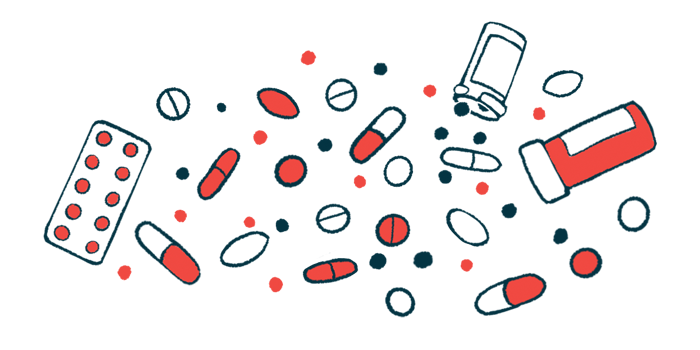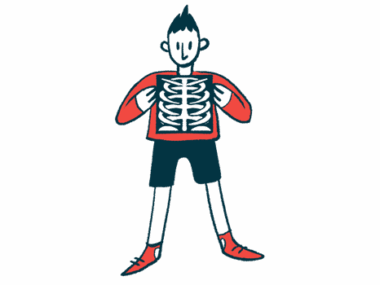NAC Has Limitations in Easing Patients’ Skin-picking Behavior, Small Study Finds
Written by |

N-Acetylcysteine (NAC) may help to reduce skin-picking behavior in some people with Prader-Willi syndrome (PWS), but many patients do not benefit from NAC treatment, a new study found.
“NAC should continue to be considered as a treatment option for skin picking in PWS as over a third of severely affected patients profited, but our results offered limited efficacy compared with prior studies,” its researchers wrote.
The study, “N-Acetylcysteine provides limited efficacy as treatment option for skin picking in Prader–Willi syndrome,” was published in the American Journal of Medical Genetics.
Many people with PWS exhibit behaviors that can cause injury to themselves, such as skin picking — pinching, squeezing, and/or scratching at the skin — or rectal picking (manipulation of the anus). A study published in 2013 indicated that treatment with NAC, which is used as a cough medicine and also has been studied in several psychiatric conditions, may lessen skin picking in people with PWS. NAC is a derivative of the amino acid (the building blocks of proteins) cysteine and is a precursor of the antioxidant molecule glutathione.
Here, a team in Germany conducted a review of 14 PWS patients — nine females and five males, ages 17 to 53 — who were treated with NAC due to picking. Of the patients, 10 exhibited only skin picking, two only rectal picking, and two had both behaviors.
All participants had intellectual disability, most (12) showing a mild form. Scoliosis, a sideways curvature of the spine, was the most common co-existing condition.
NAC’s maximum dose was 4,200 milligrams (mg)/day; nine participants received 2,400 mg/day as a maintenance dose. Dose increases were done in three- to five-day intervals, which the investigators said does not enable analyses of dose-dependent effects of treatment.
Nine patients were treated with psychotropic medications in parallel with NAC, most commonly sertraline and risperidone.
Most of the patients — eight out of 14 — showed no change in picking after starting on NAC treatment.
Six patients showed improvement after treatment — five had “much improvement” while one had “minimal improvement,” according to the Clinical Global Impression-Improvement scale. All of the patients who benefited were female; five had experienced isolated skin picking while one had combined skin and rectal picking. Five of the six participants who benefited from NAC treatment received a maximum dose under 2,400 mg.
“The results show a preponderance of nonresponse over response to treatment with NAC in skin picking in our cohort [group],” the researchers wrote. They also noted that none of the patients completely stopped picking behaviors after treatment with NAC.
Out of seven patients who were also being treated with atypical neuroleptics (also called atypical antipsychotics), a class of medication that includes clozapine and risperidone, only one responded to treatment with NAC. The team speculated that this may be because NAC and atypical neuroleptics affect some of the same targets in the brain, resulting in interference between the medications.
In contrast, all three patients with diabetes mellitus type 2 benefited from treatment.
Two patients experienced a worsening of picking after starting NAC treatment. More specifically, these two participants had only exhibited rectal picking before treatment, but treatment with NAC was linked to new-onset skin picking.
As for study limitations, the team mentioned not recording patients’ weight or body mass index (a measure of body fat), which is relevant because increasing weight has been associated with increasing skin picking. Other limitations included not having a control group, no comparison of different PWS genetic subtypes, and the small number of participants.
“The results suggest caution in future treatment with NAC particularly in individuals with solitary rectal picking and reduced efficacy when coadministered with atypical neuroleptics,” the researchers concluded.






